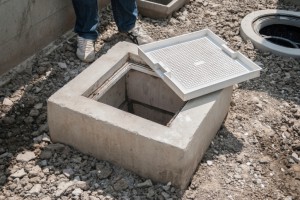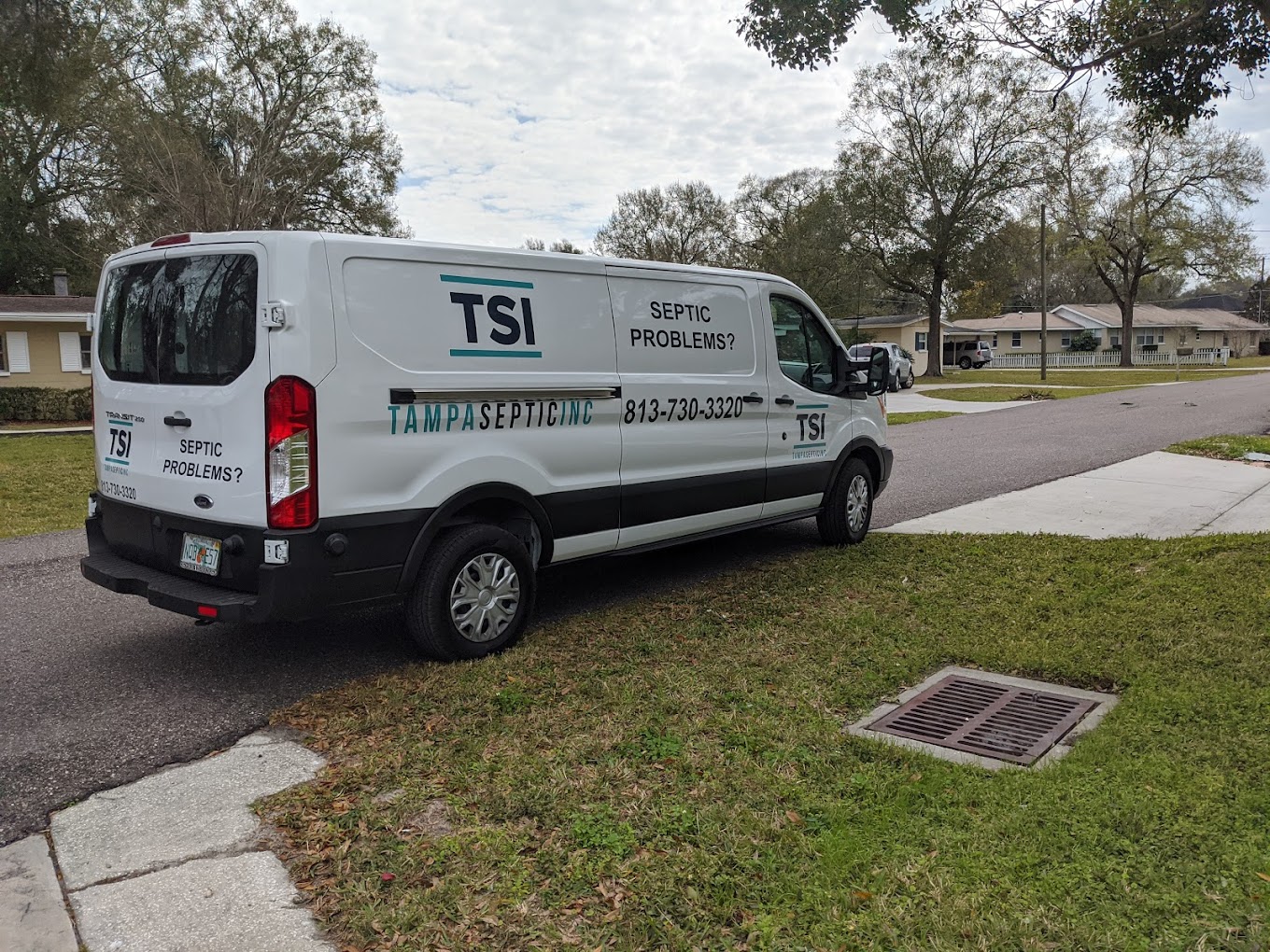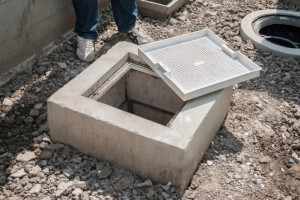 Your home needs to be a place that fits you, your family, and your needs, both present and future. The best residential septic system design will benefit your home, protect the environment, and protect the health of you and your family for years to come. Here’s a short checklist to start your thinking process of the variables you’ll want to consider and some of the questions a professional may be ready to ask you.
Your home needs to be a place that fits you, your family, and your needs, both present and future. The best residential septic system design will benefit your home, protect the environment, and protect the health of you and your family for years to come. Here’s a short checklist to start your thinking process of the variables you’ll want to consider and some of the questions a professional may be ready to ask you.
❏ How many residents?
❏ How many bedrooms?
❏ Is this a year-round residence or a seasonal home?
❏ How many fixtures?
❏ Toilets
❏ Bathtubs and/or showers
❏ Sinks
❏ Kitchen
❏ Bathrooms
❏ Utility
❏ Water Softener
❏ Dishwasher
❏ Laundry Facilities
❏ Hot tub
❏ Any other water-using or plumbing fixtures?
❏ Are any of the above water-saving devices, such as a low-flow showerhead or a low-flush toilet?
❏ What type of tank currently exists (if replacing an older septic system rather than a new construction)? What type of drain field is in use?
❏ What type of soil surrounds the residence?
NOTE: Residential septic system design takes into account the type of soil and the speed with which it can absorb effluent. Wetter soils with higher clay content take longer to absorb, and so require larger drain fields for the same amount of effluent.
❏ What areas exist on the property for a drain field? Consider:
❏ Areas covered by lawn only – trees and bushes can interfere with the drain field
❏ Areas that will not be heavily trafficked – vehicles driving over the drain field or very heavy foot traffic can damage or break the pipes, as they’re set usually within a foot or so of the surface
❏ Areas that will not face future construction.
At Tampa Septic, we are proud to offer residential septic system design help to our clients, including assistance with the permit process and septic system warranty packages. Let us help you today!




